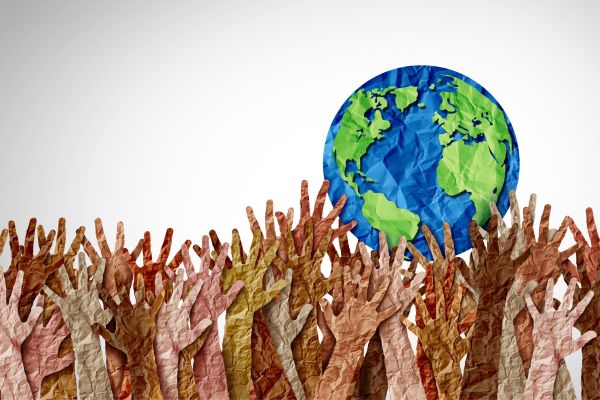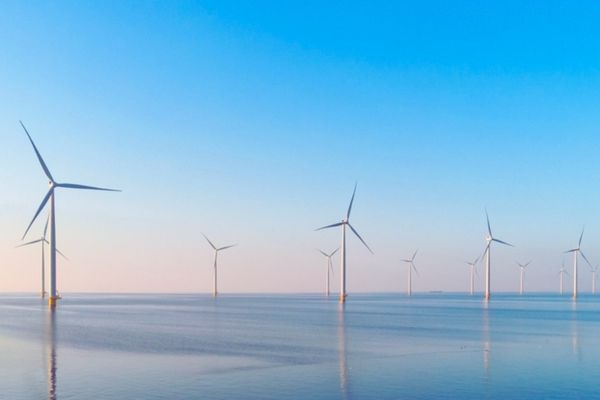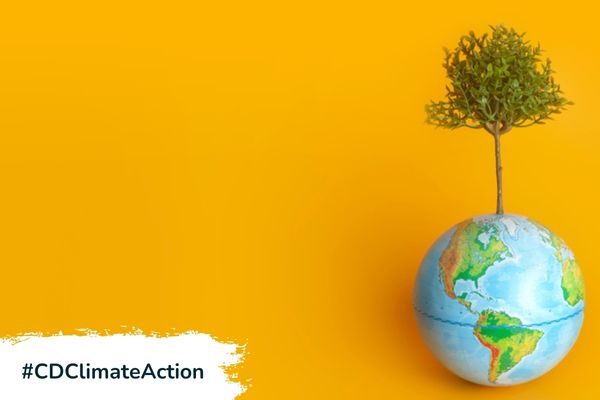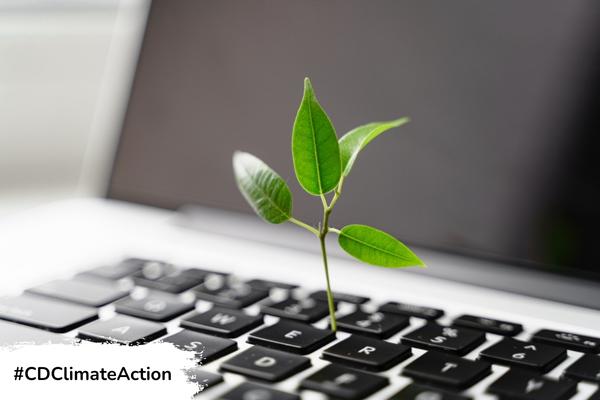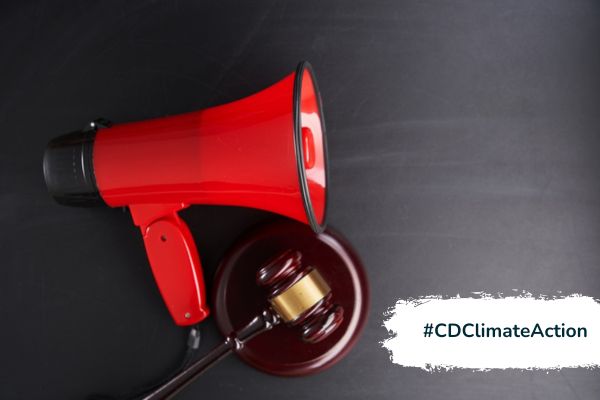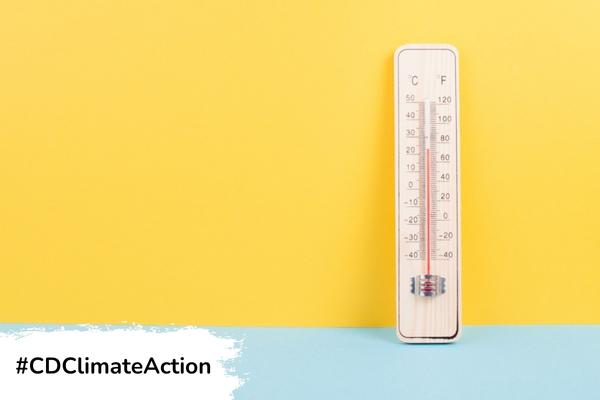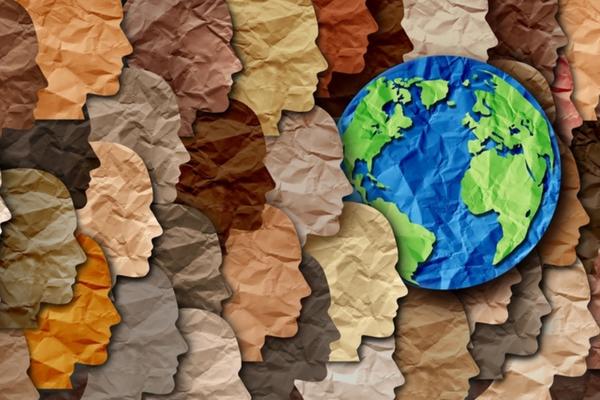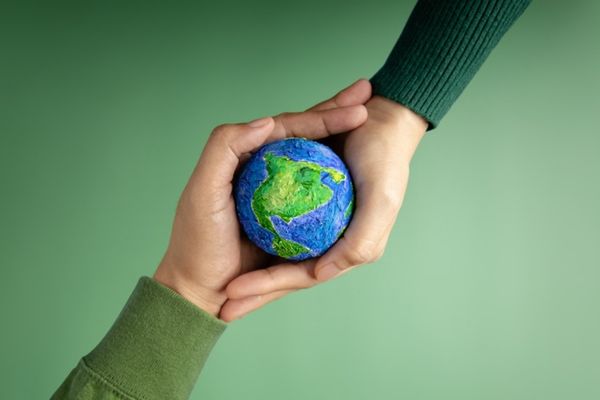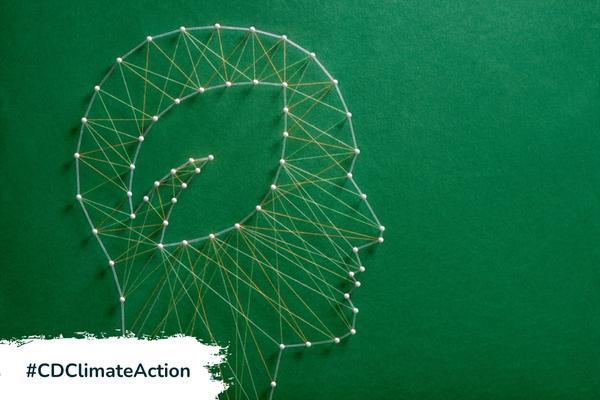Insights
INSIGHTS
All Topics
An A-Z glossary of climate change terms and definitions
You have viewed all of your 1 articles as an unregistered user
To continue reading this article please register.
For unlimited access to our free content, please register.
Ioan Marc Jones
More on this topic
Related Content
Recommended Products
Recommended Products
08 Jan 2025by Joe Lepper
Celebrating innovation in diversity and inclusion
04 Jan 2025by Aidan Paterson
The best bank accounts for charities
Our Events
Charity Digital Academy
Our courses aim, in just three hours, to enhance soft skills and hard skills, boost your knowledge of finance and artificial intelligence, and supercharge your digital capabilities. Check out some of the incredible options by clicking here.


